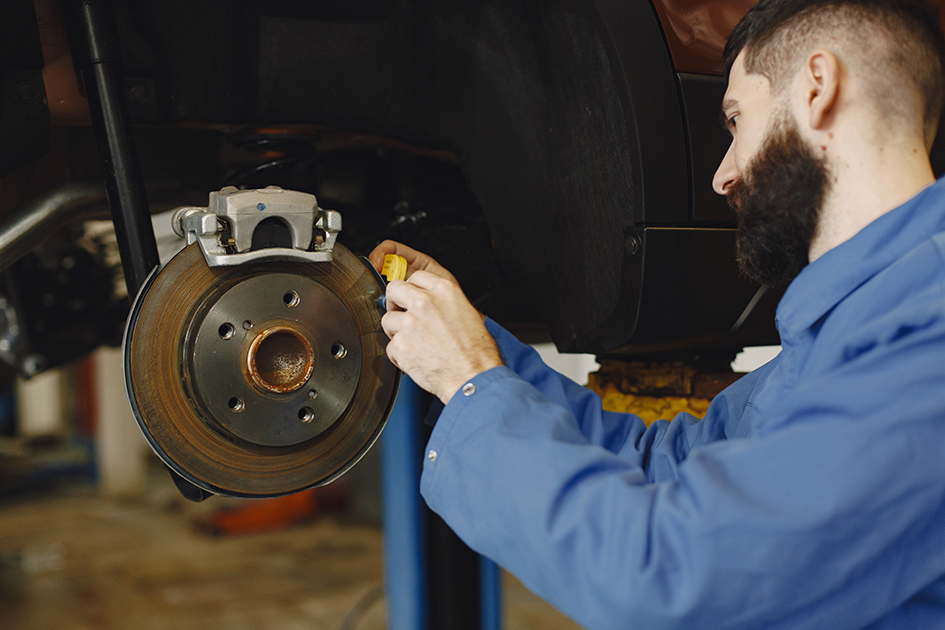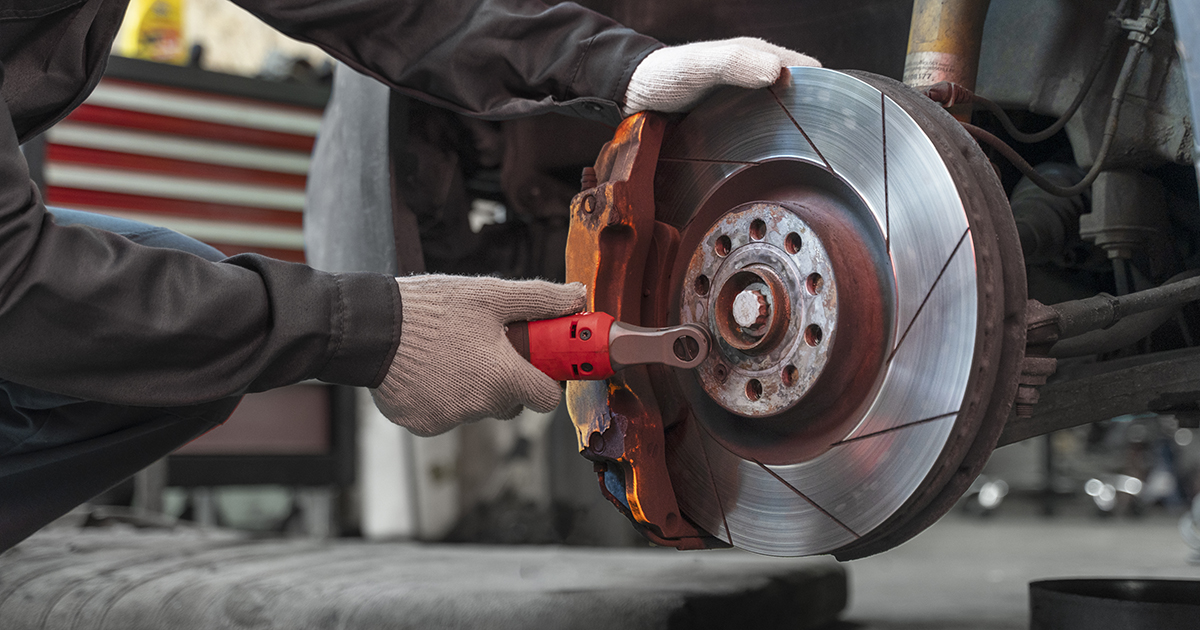When you press the brake pedal in your car, a complex system springs into action to bring your vehicle to a halt. But have you ever wondered just how this vital mechanism works? Understanding the intricacies of car brakes is essential for every driver—not only does it enhance your driving knowledge, but it also ensures you’re better equipped to recognize issues before they become serious problems. In this guide, we’ll delve into everything from the different types of brakes and their key components to maintenance tips and common issues that can arise. Buckle up as we explore “How Do Car Brakes Work? Your Guide to Steady Stopping.”

The Different Types of Car Brakes
Car brakes come in various types, each serving a specific purpose. The most common are disc and drum brakes.
Disc brakes feature a flat metal rotor that spins with the wheel. When you apply the brakes, calipers squeeze brake pads against the rotor, creating friction to slow down or stop your vehicle.
Drum brakes operate differently. They use a cylindrical drum that rotates with the wheel. Brake shoes inside the drum press outward when engaged, generating resistance and slowing down motion.
Another type is anti-lock braking systems (ABS). ABS prevents wheels from locking up during hard stops by modulating brake pressure automatically. This technology enhances control and stability on slippery surfaces.
Electric parking brakes are also gaining popularity. These modern systems use an electric motor to engage and disengage brake components instead of traditional cables, offering more convenience for drivers. Each type has its advantages tailored to different driving experiences and conditions.
Components of a Brake System
A brake system is a complex arrangement that ensures your car stops safely and effectively. At its core, it consists of several critical components working in unison.
The brake pedal is where it all begins. When pressed, it activates the master cylinder, which generates hydraulic pressure. This pressure sends fluid through the lines to each wheel’s brakes.
Brake pads are essential for creating friction against the rotors. These pads squeeze onto the rotor when you apply the brakes, transforming kinetic energy into heat and slowing down your vehicle.
Rotors or discs serve as rotating plates that work alongside the brake pads. They need to be robust enough to withstand high temperatures generated during braking.
Other vital parts include calipers, which house the brake pads and apply force during braking, and brake lines that transport hydraulic fluid throughout the system. Each component plays an integral role in ensuring safe stopping power on demand.
How Do Brakes Work?
Brakes play a crucial role in vehicle safety, allowing drivers to slow down or stop effectively.
When you press the brake pedal, hydraulic fluid is pushed through lines within the brake system. This pressure activates various components that ultimately halt your car’s motion.
In disc brakes, calipers squeeze brake pads against a spinning rotor attached to the wheel. The friction generated by this contact slows down the rotation of the wheel.
Drum brakes work slightly differently. They feature shoes that push outward against a cylindrical drum when engaged. This creates friction and brings your vehicle to a smooth stop.
Electronic systems can enhance traditional braking methods too. Anti-lock braking systems (ABS) prevent wheel lock-up during emergency stops, maintaining steering control while slowing down quickly.
Understanding how these mechanisms operate can help you appreciate their importance on every drive. Regular maintenance ensures they perform optimally for your safety on the road.
Maintaining and Replacing Your Brakes
Regular maintenance is key to keeping your brakes in top shape. Start by checking the brake fluid level every few months. Low fluid can indicate a leak or worn components.
Inspect the brake pads for wear. If they’re less than a quarter-inch thick, it might be time for a replacement. Squeaking or grinding sounds are other signs that your pads need attention.
Rotors also require inspection. Look out for warping or grooves, which can affect stopping power. Resurfacing may prolong their life, but if they’re too damaged, replacing them is essential.
Don’t forget about brake lines and hoses! Cracks or leaks can lead to serious issues and should be replaced immediately.
Schedule professional inspections at least once a year to catch any potential problems early on. Keeping up with these steps will ensure you have reliable braking performance whenever you hit the road.




